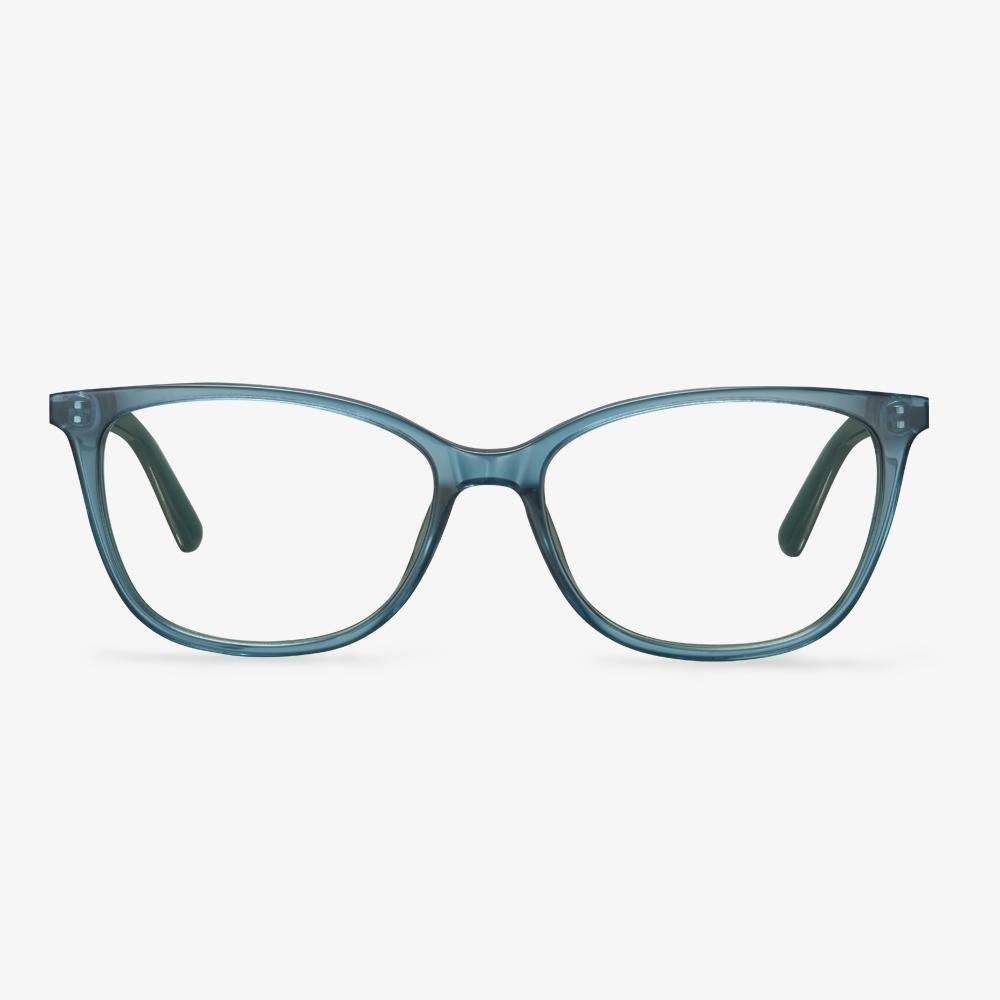What is the cheapest way to buy prescription glasses?
Optometry must be accurate. Optometry is the main basis for glasses. The accuracy of optometry is directly related to the success rate of the glasses prepared. Optometry must be accurate first, and the difference between the upper and lower levels should not exceed 12.5 degrees of the prescription. Secondly, the astigmatism axis should be accurate, and the general axis difference should be limited to plus or minus l to 3 degrees. In addition, the interpupillary distance must be accurate, and the interpupillary distance must be equal to the optical center distance of the lens. If you do not pay attention to the above-mentioned checkpoints in optometry, the prepared spectacle lenses will have blurred vision, prolonged visual fatigue, dizziness, nausea, and even diplopia. Optometry is best to go to a professional eye hospital. For children’s optometry or to wear glasses for the first time, you must use mydriatic optometry to be accurate. You can also check if there is any problem with the fundus, and go to the hospital to get more accurate optometry.
What is blue light?
To prevent blue light, we must first understand what blue light is. The visible light with a wavelength range of 400-500 nanometers is called blue light. The light sources used in daily LED lighting and display products, including mobile phones, flat panels, and TVs, are mostly LED light sources excited by blue light. However, not all blue light is harmful to the human body. The human eye has an extremely low tolerance to blue light radiation in the 400-440 nanometer range. When the light intensity enters this threshold, photochemical damage is likely to occur. However, blue light radiation in the range of 459-490 nanometers is essential for regulating the human body's circadian rhythm and can affect the secretion of human melatonin, which in turn has an impact on the body's biological clock, alertness, and mood.
Scientifically effective anti-blue light lenses must not only block harmful blue light but also cannot filter beneficial blue light. Most of the ineffective anti-blue light products on the market currently have two types of problems. One is that there is almost no protective effect on the blue light in the vulnerable zone of the human eye. The other is excessive protection, shielding the blue light spectrum in the beneficial band so that the blue light that is beneficial for physiological adjustment cannot enter the human eye. At the same time, the color of the lens is yellow, which is prone to color shift, aggravating visual fatigue, and even inducing the risk of myopia.
Leimi Driving Glasses
With professional production and sales of sunglasses/flat glasses/sunglasses, Leimi has been focusing on the fashion aesthetics of sculpted glasses. They are presented through the exquisite selection of materials and fashionable and comfortable design. Leimi carefully makes glasses and discovers the beauty of the world together. Leimi advocates for consumers to experience the number of products through the exquisite materials and fashionable and comfortable design of various glasses products. Leimi believes that it can impress consumers with its products. Since its establishment, Leimi has always been striving to treat customers with high-quality products and good service. At present, Leimi's main products are swimming goggles, reading glasses, sunglasses, lenses, anti-radiation glasses, sunglasses for women, children's glasses, glasses frames, polaroid glasses, driver's glasses.
Why does shape memory alloy have memory ability?
It starts with its microstructure. When a metal is solid, its atoms are always arranged in a regular way, forming a lattice. Under different conditions, such as temperature, metal may have a different structure, in which case it is said to be in a different phase. The change from one phase to another is called a phase transition. The properties of a metal change during a phase transition. The temperature at which a metal transforms is called the transition temperature. The difference between a shape memory alloy and other metals is that the phase transformation process in a shape memory alloy is reversible under certain conditions.
Jempinis Wood Deer Eyeglasses Holder from Bali, 'Studious Deer'
This charming eyeglass holder from Bali depicts a bold and complex industrious deer. Yudi Suardi designed this holder, hand-carved from jempinis wood, to depict the majesty of a deer. Your glasses fit right in the groove of the deer's head.
The history of chromatic contact lenses
Chromatic contact lenses, commonly known as color Lens, is a kind of Soft hydrophilic Contact Lens, belongs to the third category of medical devices. In 1971, Bausch & Lomb introduced the world's first pair of soft contact lenses. Before this, contact lenses are made of hard materials, with poor comfort, difficult to promote. Soon after, CIBA Vision made the lenses aqua blue to make them easier for users to operate. There were also special contact lenses with dark loops on the lenses, which were designed to help people with injured or defective eyes, like corneal white spots or iris defects, to conceal flaws, forming artificial pupils, so they were called beauty lenses.
Then, in the 1980s, American company Wesley Jessen (later bought by VisiCon) introduced the FreshLook chromatic contact lens, which used laser technology to print colored patterns onto the lens to change the color of the wearer's iris. Since then, contact lenses have been developed from a simple vision correction tool into a cosmetic with the effect of beauty makeup. It can brighten, enlarge, darken or change the color of the iris of the eye. At present, the common chromatic contact lenses are black, brown, gray, purple, blue, green, and so on. There are also a variety of color combinations or some special patterns.
Blue Light Glasses Benefits
As mentioned above, blue light glasses are good for our eyes. What are the other benefits of blue light glasses?
1.Reduce Eye Strain
One of the benefits of blue light glasses is reducing eye strain. Looking at a screen all day can make you feel stressed, or you may experience eye and muscle strain. So, the blue light blocking glasses can help to reduce eye strain.
2.Better Sleep
Blue light has a high frequency which can increase alertness and delay the body’s release of melatonin. So, you had better turn off your device an hour or two before going to bed. Or you can choose to wear a pair of blue light glasses to sleep better.
3.Fewer Headaches
Wearing blue light glasses can effectively help you to reduce headaches.
4.Fewer Eye Diseases
A large amount of blue light is bad for our health. So, wearing blue light glasses can reduce the chance of eye diseases.
With so many blue light glasses benefits, do you want to get a pair of blue light blocking glasses? If so, you can try the Koalaeye Optical blue light blocking glasses. It enables you to wear comfortable and look in style at a reasonable price.











































